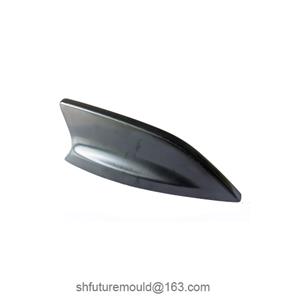Four Techniques for Temperature Control in PPS Injection Molding
Polyphenylene sulfide (PPS) is a high-performance engineering thermoplastic renowned for its excellent heat resistance and chemical resistance. Due to its high melting point, precise temperature control is crucial during injection molding.
Zonal Temperature Control of the Barrel
Purpose: To ensure complete plasticization of the material within the barrel while preventing overheating and degradation.
Method: The barrel is divided into multiple temperature zones, with lower temperatures near the hopper and gradually increasing towards the nozzle. This gradual heating allows the material to soften gradually, preventing thermal degradation.
Note: The temperature gradient should be adjusted based on the PPS grade, part wall thickness, and other factors.
Mold Temperature Control
Purpose: To influence the crystallinity, cooling rate, and internal stress of the molded part.
Method: Mold temperature is typically controlled between 120-180°C. Higher mold temperatures promote crystallinity and improve mechanical properties, but excessively high temperatures can shorten mold life.
Note: Mold temperature should be adjusted based on part wall thickness, shape, and cooling conditions.
Injection Speed Control
Purpose: To influence the flow rate and filling speed of the melt in the mold cavity.
Method: Injection speed should not be too high to avoid excessive shear stress and material degradation.
Note: Injection speed should be adjusted based on part wall thickness, shape, and complexity.
Back Pressure Control
Purpose: To facilitate degassing of the melt and improve part density.
Method: Setting an appropriate back pressure effectively removes gases from the melt, reducing the formation of voids.
Note: Excessive back pressure can increase shear stress on the melt, leading to material degradation.
- Injection Mold
- Automotive Injection Mold
- Electronics & Electrical Injection Mold
- Consumer Goods Injection Mold
- Airplane Components Injection Mold
- Medical Components Injection Mold
- Irrigation Components Injection Mold
- Injection Molds




